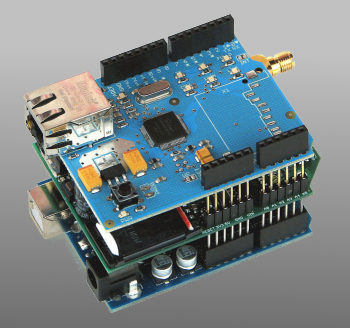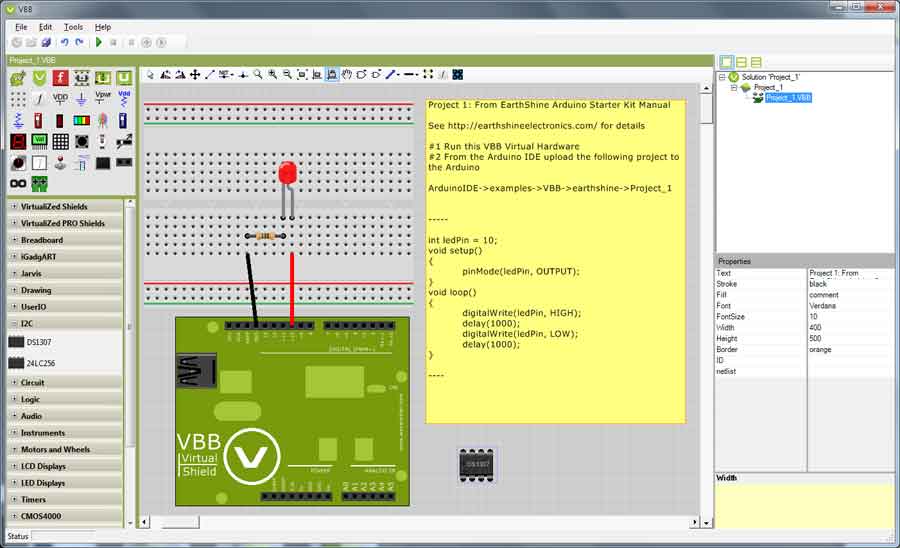

It’s a tool which can be expanded and improved upon by the users. If you need a new part, you can build it easily (to a point) - it’s just XML and some image files. Granted, this process (nets and routing) isn’t perfect - things will not just magically work all the time - but I’ve yet to see a schematic editor or PCB layout editor that did work perfectly all the time (I imagine something out there exists that comes really close - if you are willing to mortgage your house for it - IOW, those tools aren’t meant for hobbyists).īut there’s the other thing about Fritzing - if it isn’t working properly, it’s open source, so it can be fixed, if you have the skills or inclination (just like the Arduino IDE - in theory). What I find really nice about it (what little I’ve played with it), is that when you make a change in one view (say you move a trace in the PCB view) - it updates the other views as well. Furthermore, it’s fully open-source, and new parts to expand the library can be created fairly easily (many can be made just by copying and pasting an existing part, and updating an image file to two - others will require some knowledge of a vector drawing program, like Inkscape). It gives beginners a tool to allow them to learn how the relationship between a breadboarded circuit, its schematic, and its PCB layout all relate to each other.


No, it isn’t Eagle, or KiCad, or gEDA (to name just a few) - but it’s concept is, IMHO, a great idea. I’ve never understood the dislike of Fritzing among people here.


 0 kommentar(er)
0 kommentar(er)
